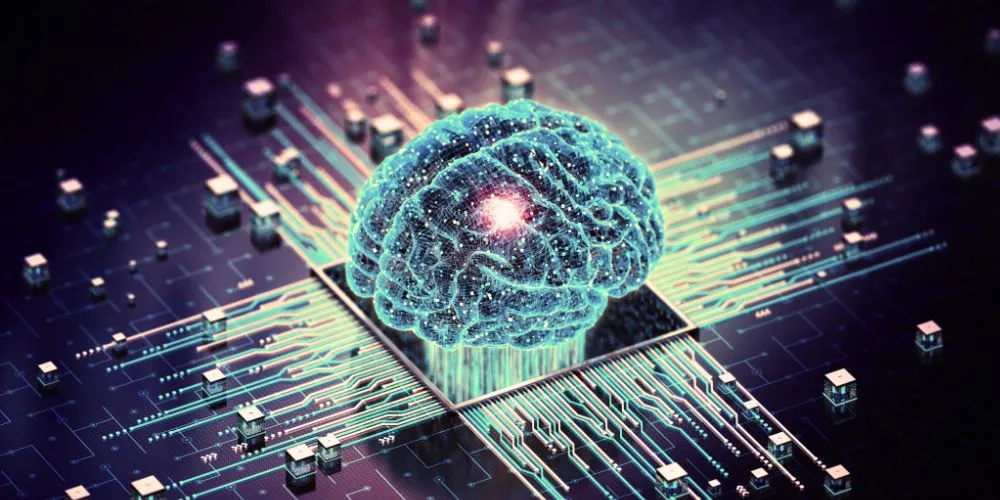Weak AI, also known as narrow AI, represents the current state of artificial intelligence in which systems are designed and trained for specific tasks or domains. This comprehensive exploration delves into the intricacies of Weak AI, elucidating its fundamental principles, practical applications, recent advancements, and transformative impact on various industries and domains.
Understanding Weak AI
Weak AI refers to artificial intelligence systems that are narrowly focused on performing specific tasks or functions, contrasting with the broad cognitive capabilities of human intelligence. These systems are designed to excel in well-defined domains, leveraging machine learning algorithms and data processing techniques to achieve task-specific objectives.
Key Characteristics of Weak AI
Its systems exhibit several key characteristics that distinguish them from Strong AI:
- Task-Specificity: These systems are tailored to perform specific tasks or functions within predefined boundaries, lacking human cognition’s general intelligence and adaptability.
- Limited Scope: Unlike Strong AI, which aims to replicate human-like intelligence across diverse domains, it is characterized by its narrow focus and limited applicability to specific tasks or domains.
- Reliance on Training Data: These systems rely heavily on training data and predefined algorithms to accomplish tasks, lacking the ability to generalize or transfer knowledge beyond their designated domain.
Narrow AI in Practice
In practical terms, it finds widespread application across various industries and domains, contributing to advancements in automation, data analysis, and decision support systems. Examples of its applications include virtual assistants, recommendation systems, and image recognition algorithms, each tailored to address specific user needs and preferences.
Recent Advancements in Weak AI
Recent advancements in Weak AI have led to significant performance, efficiency, and scalability improvements, expanding the range of tasks and applications that AI systems can effectively address.
Deep Learning and Neural Networks
Deep learning techniques, especially convolutional neural networks (CNNs) and recurrent neural networks (RNNs), have revolutionized Weak AI by enabling more accurate and robust pattern recognition, natural language processing, and predictive modeling tasks.
Transfer Learning and Domain Adaptation
Transfer learning and domain adaptation methods allow it to leverage knowledge and experience from one task or domain to improve performance in related tasks or domains, enhancing flexibility and efficiency in AI applications.
Notable Applications of Weak AI
Weak AI has permeated every industry and domain, driving innovation, efficiency, and productivity across various applications.
Virtual Assistants and Chatbots
Virtual assistants and chatbots powered by algorithms provide personalized assistance, customer support, and information retrieval services, enhancing user experiences and streamlining interactions in various contexts, such as e-commerce, healthcare, and customer service.
Recommendation Systems
Recommendation systems employ Weak AI algorithms to analyze user preferences, behaviors, and historical data to deliver personalized recommendations and content across platforms, including e-commerce, streaming services, and social media, enhancing user engagement and satisfaction.
Future Directions of Weak AI
Looking ahead, it is poised to continue its trajectory of growth and innovation, driving advancements in automation, personalization, and decision-making across industries and domains.
Augmented Intelligence
Augmented intelligence, which combines human expertise with Weak AI capabilities, holds promise for enhancing decision-making, problem-solving, and creativity in various fields, including healthcare, finance, and education, by leveraging the complementary strengths of humans and machines.
Edge Computing and IoT Integration
The integration of Weak AI with edge computing and Internet of Things (IoT) devices enables real-time data processing, analysis, and decision-making at the network edge, facilitating autonomous systems, smart infrastructure, and personalized services in diverse applications, from smart cities to industrial automation.
Conclusion
Weak AI represents a foundational pillar of artificial intelligence that continues to drive innovation, efficiency, and progress across industries and domains. While it lacks the broad cognitive capabilities of human intelligence, its task-specific focus and practical applications have propelled advancements in automation, personalization, and decision support systems. As we navigate the evolving landscape of AI technology, leveraging the strengths of Weak AI alongside human expertise holds the potential to unlock new opportunities and address complex challenges, paving the way for a future where humans and machines collaborate synergistically to achieve shared goals and aspirations.










